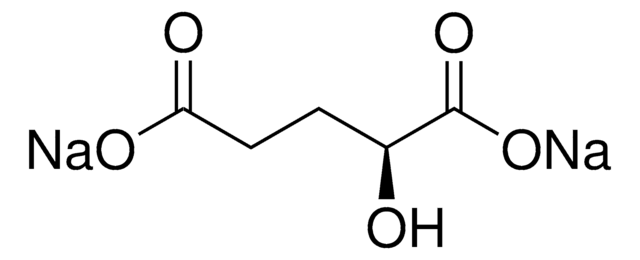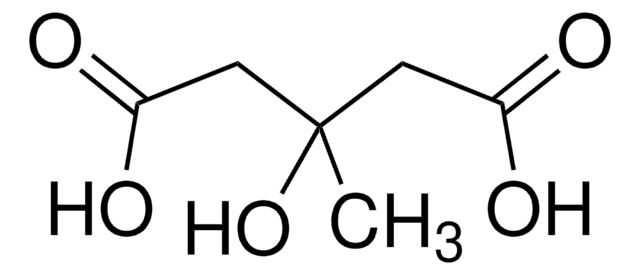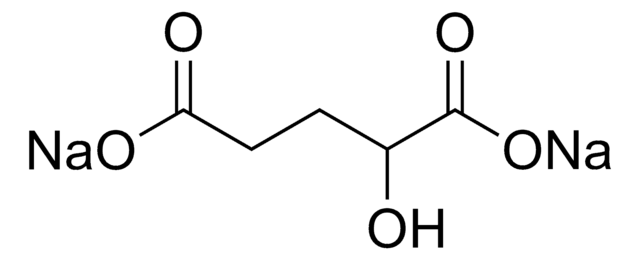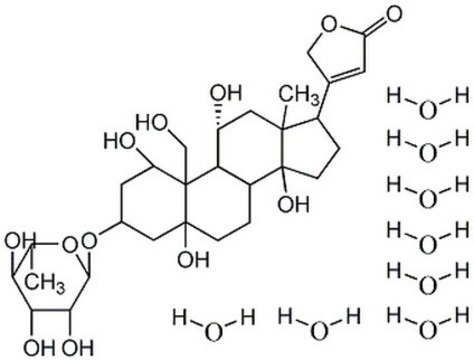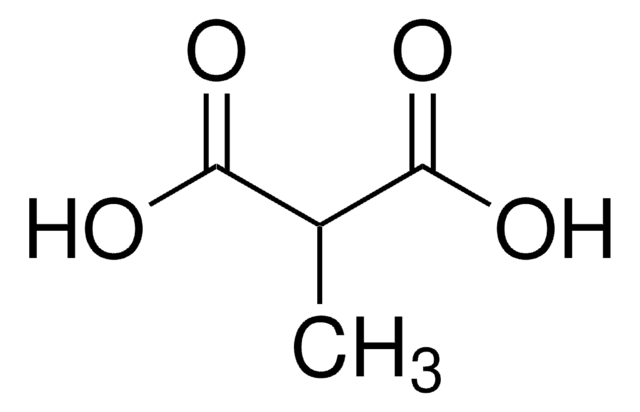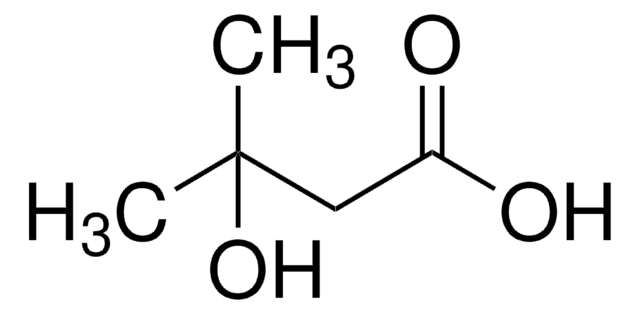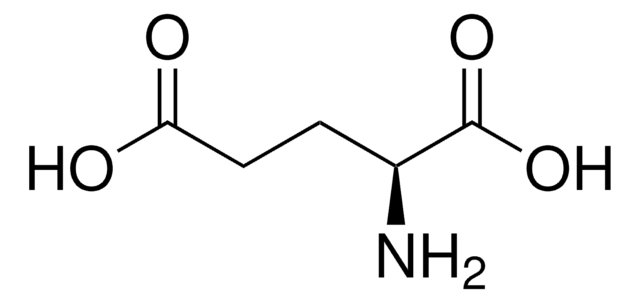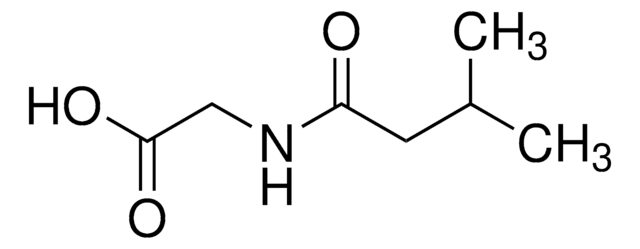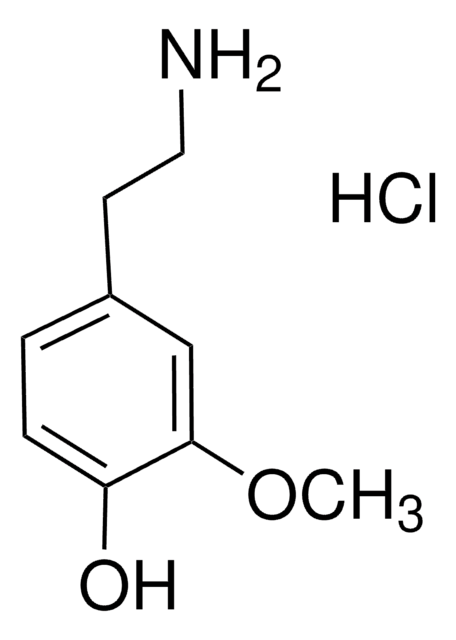04725
3-Hydroxyglutaric acid
analytical standard
Synonym(s):
β-Hydroxyglutaric acid, 3-Hydroxypentanedioic acid
Sign Into View Organizational & Contract Pricing
All Photos(1)
About This Item
Empirical Formula (Hill Notation):
C5H8O5
CAS Number:
Molecular Weight:
148.11
Beilstein:
1705476
MDL number:
UNSPSC Code:
12352106
PubChem Substance ID:
NACRES:
NA.24
Recommended Products
grade
analytical standard
Quality Level
Assay
≥95.0% (GC)
shelf life
limited shelf life, expiry date on the label
application(s)
clinical testing
format
neat
storage temp.
2-8°C
InChI
1S/C5H8O5/c6-3(1-4(7)8)2-5(9)10/h3,6H,1-2H2,(H,7,8)(H,9,10)
InChI key
ZQHYXNSQOIDNTL-UHFFFAOYSA-N
Looking for similar products? Visit Product Comparison Guide
Biochem/physiol Actions
3-Hydroxyglutaric acid is a glutaric acid derivative which is the byproduct of glutaric acidemia type I. Glutaric aciduria type I (glutaryl-CoA dehydrogenase deficiency) is an inborn error of metabolism that usually manifests in infancy by an acute encephalopathic crisis and often results in permanent motor handicap. Studies indicate that 3-hydroxyglutaric acid can be used as biomarker for GCDH (glutaryl-CoA dehydrogenase) deficiency. It is believed that the excretion of 3-hydroxyglutaric acid is increased during ketosis, which occurs during glutaryl-CoA dehydrogenase deficiency. Studies on striatal cultures show that IGF-1 and FGF-2 (bFGF) reduces 3-hydroxyglutaric acid toxicity in striatal neurons.
Recommended products
Find a digital Reference Material for this product available on our online platform ChemisTwin® for NMR. You can use this digital equivalent on ChemisTwin® for your sample identity confirmation and compound quantification (with digital external standard). An NMR spectrum of this substance can be viewed and an online comparison against your sample can be performed with a few mouseclicks. Learn more here and start your free trial.
Storage Class Code
11 - Combustible Solids
WGK
WGK 3
Choose from one of the most recent versions:
Already Own This Product?
Find documentation for the products that you have recently purchased in the Document Library.
K B Bjugstad et al.
Journal of inherited metabolic disease, 24(6), 631-647 (2002-01-05)
Glutaric acid (GA) and 3-hydroxyglutaric acid (3GA) are thought to contribute to the degeneration of the caudate and putamen that is seen in some children with glutaric acidaemia type I, a metabolic disorder caused by a glutaryl-CoA dehydrogenase deficiency. This
Garfield A Simon et al.
Journal of chromatography. B, Analytical technologies in the biomedical and life sciences, 1097-1098, 101-110 (2018-09-16)
Glutaric aciduria type 1, a deficiency of glutaryl-CoA dehydrogenase, causes an accumulation of neurotoxic metabolites glutaric acid and 3-hydroxyglutaric acid (3-HGA). Testing of these analytes is routinely done by GC-MS but seldom account for interference from isomers or compounds with
Paris Jafari et al.
PloS one, 8(1), e53735-e53735 (2013-01-18)
Glutaric aciduria type I (glutaryl-CoA dehydrogenase deficiency) is an inborn error of metabolism that usually manifests in infancy by an acute encephalopathic crisis and often results in permanent motor handicap. Biochemical hallmarks of this disease are elevated levels of glutarate
Gustavo C Ferreira et al.
International journal of developmental neuroscience : the official journal of the International Society for Developmental Neuroscience, 25(6), 391-398 (2007-07-24)
Glutaric acidemia type I is an inherited metabolic disorder caused by a severe deficiency of the mitochondrial glutaryl-CoA dehydrogenase activity leading to accumulation of predominantly glutaric and 3-hydroxyglutaric acids in the brain tissue of the affected patients. Considering that a
J Pitt et al.
Journal of inherited metabolic disease, 25(2), 83-88 (2002-07-18)
Three patients with ketosis had increased excretion of 3-hydroxyglutarate (21.8-37.9 micromol/mmol creatinine; controls 2.3 +/- 1.6), an indicator of glutaryl-CoA dehydrogenase deficiency (GDHD), which normalized when the patients were nonketotic. Clinical assessment of all three patients and enzyme studies in
Our team of scientists has experience in all areas of research including Life Science, Material Science, Chemical Synthesis, Chromatography, Analytical and many others.
Contact Technical Service